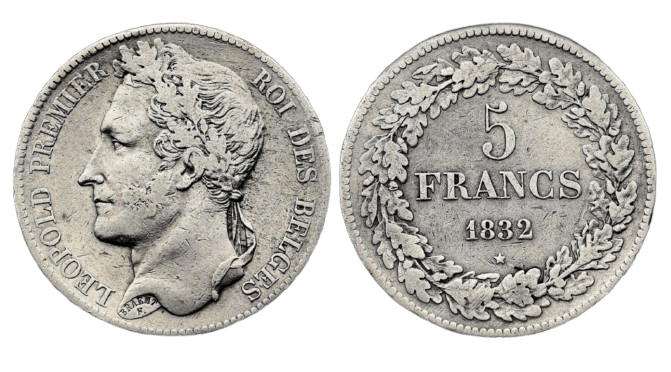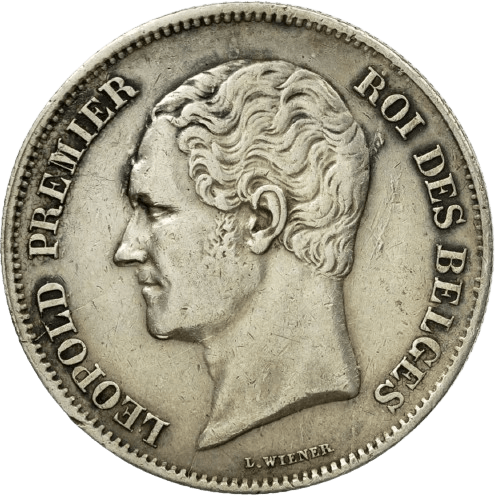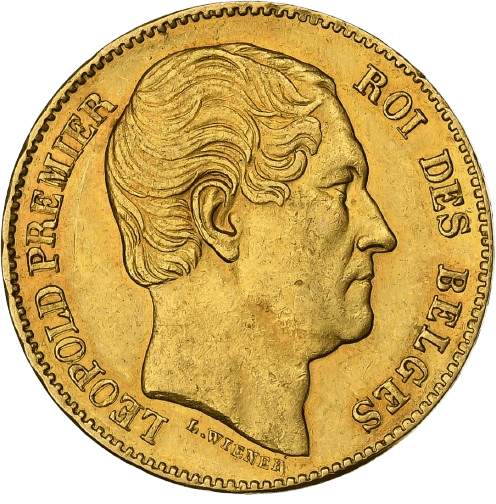While browsing the Delcampe website, I came across a 20 Belgian franc gold coin. This coin, worth €750, dates from 1865. However, Belgium is older than that, so I wanted to take a closer look at the monarchy's earliest coins.
 Léopold 1er 1832
Léopold 1er 1832 Belgian independence came on 4 October 1830, but it was not until 21 July 1831 that King Leopold 1st ascended the throne. German by birth, married in the first marriage to an Englishwoman, cousin of Queen Victoria, Leopold 1st married in the second marriage Louise-Marie d’Orléans, daughter of King Louis-Philippe, on 9 August 1832 thus giving himself a good royal alliance ensuring the tranquillity of his reign.
It was at the same time that the first Belgian coins were to be minted. Allied with France,the franc was chosen as the unit of currency in the small country. It should be noted that in the early years of Belgium’s existence, numerous foreign currencies such as the Dutch guilder or French francs, not to mention the currencies of the principality of Liège circulated to ensure transactions.

The first Belgian coins featuring the face of King Leopold 1st wearing an oak crown appeared in 1832. They were made of silver and today fetch very handsome values, up to €1,300 for the coin shown here. As usual, this depends on their condition and the rarity of the coin. They cover the denominations of 5F, 2F, 1F, 0.5F and 0.25F. They are complemented by higher gold denominations of 20F and 40F.


From 1848, a new coin strike took place following the design of Leopold Wiener. This was the so-called bare-head issue because Leopold 1s no longer wore his oak crown. Here again, we will find different gold denominations: 25F, 10F and later, in 1865 20F, but also silver denominations: 5F, 2.5F, 2F, 1F, 0.5F, 0.25F and from 1852 0.2F.
These were the two main issues of coins bearing the effigy of Leopold 1st, whose minting was replaced by one bearing the effigy of Leopold II from 1865.
In terms of banknotes, Belgium began printing them in 1851. As a result, they were fairly rare during the reign of Leopold 1st. The printing was of poor quality and all the notes were signed by hand by the Governor of the National Bank, François de Haussy until 1869 . They are very rare, if not impossible to find. It was not until the beginning of the 20th century that Belgian banknotes became more common. Would you like to buy these first Belgian coins? They are for sale at www.delcampe.net.





